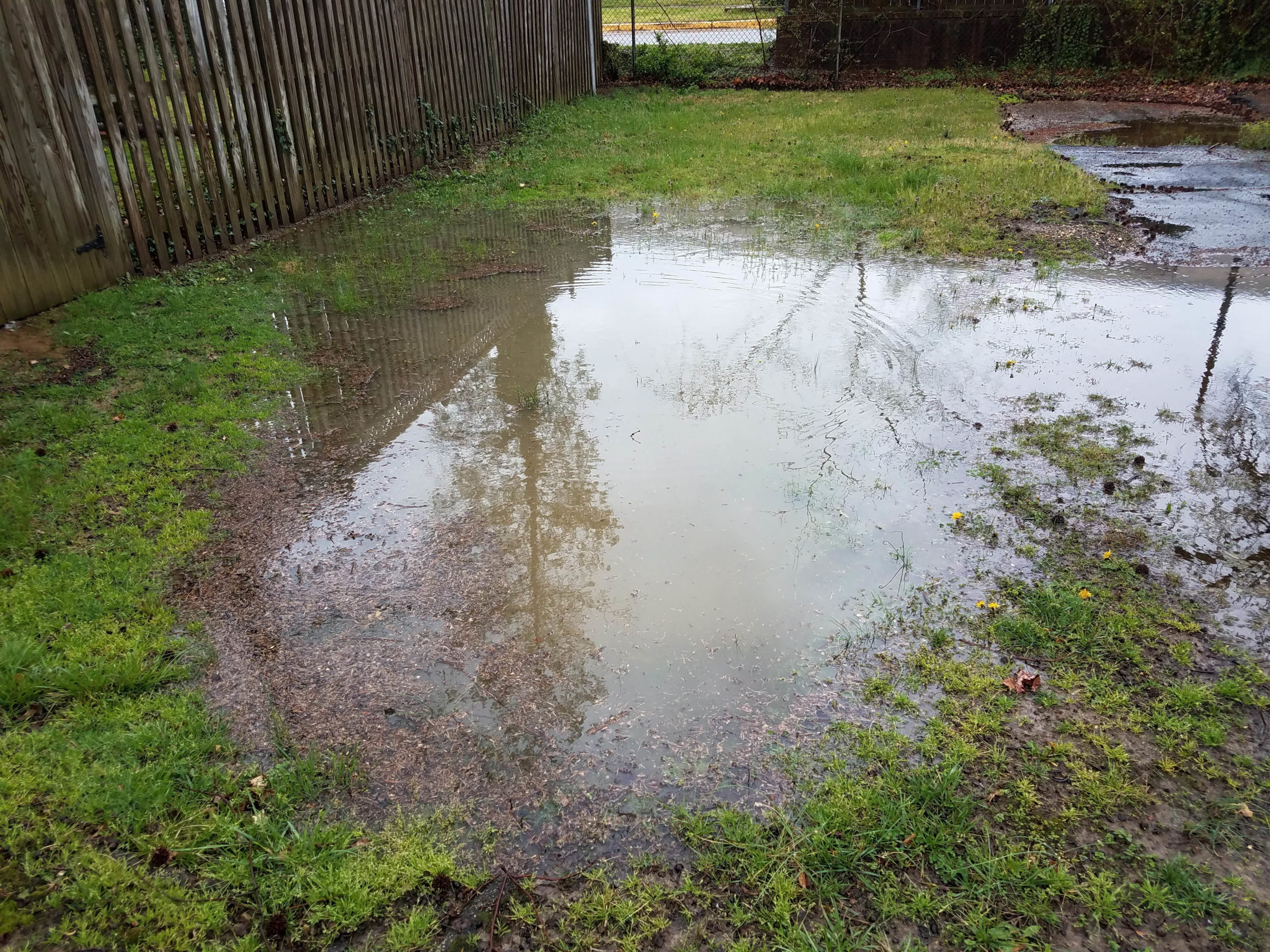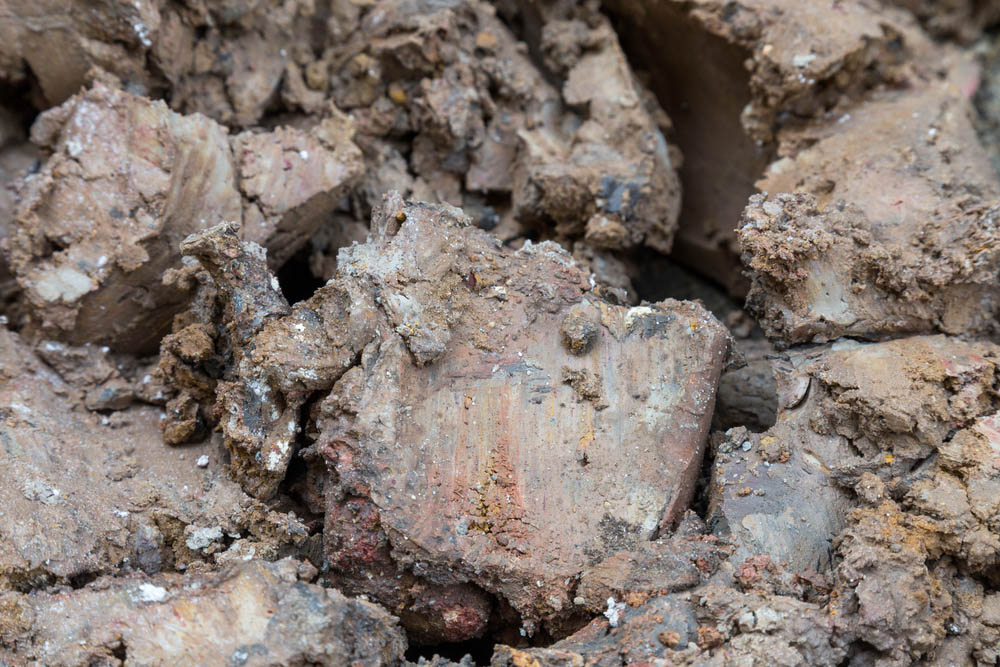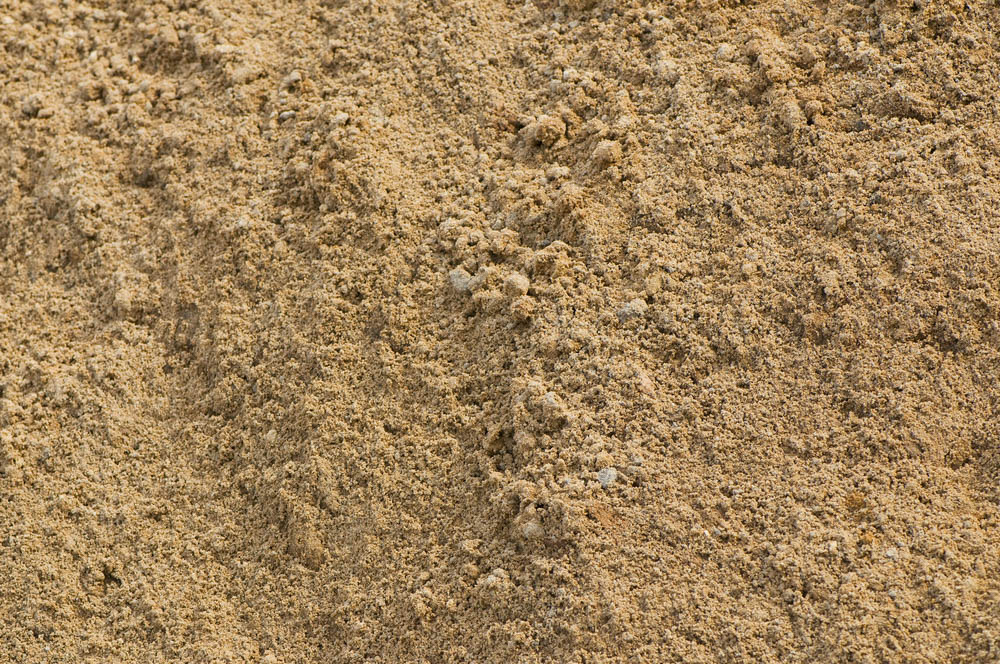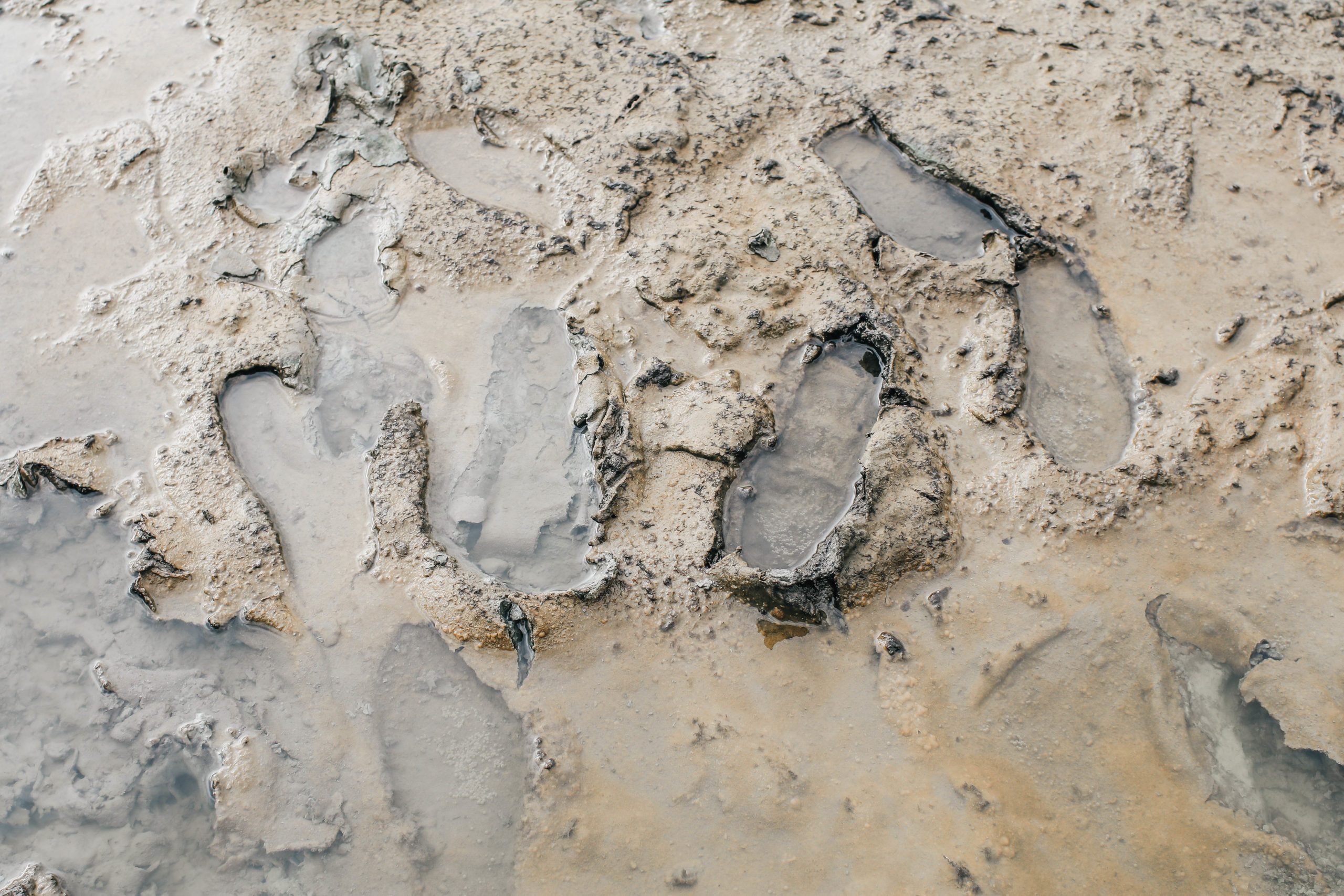Planning for New Vegetable Gardens: Introduction to Soil Compaction

GardenZeus receives commissions for purchases made through links in this post. There is no additional cost to you.
Planning for New Vegetable Gardens: Part 6: Introduction to Soil Compaction
Is your dirt hard or unyielding to the point that tools barely dent it? Or maybe its sort of like concrete only a lot harder? Soil compaction is common in urban areas, especially in high-use yard areas.
This is the 6th in a series of articles offering advice and solutions for common challenges when starting a garden in California. See below for links to other articles in the series.
Home gardening is one of the safest and most-rewarding activities during the COVID-19 pandemic. For other helpful articles, see our blog page Dig In.
What is Soil Compaction?
- Soil compaction is the process by which soil particles become pressed together so that soil becomes more dense. Pore space and pore spaces are the tiny or even microscopic open spaces between soil particles that allow water and air into soil, and provide habitat for soil life. These spaces collapse as soil becomes compacted. Good pore space in soil is essential for plant health.
- Compaction may occur with any soil, but clay and sandy-clay soils are more easily compacted than silty and sandy soils. Clay particles may be a thousandth or even ten-thousandth the size of sand particles. The small size of clay particles naturally leaves less pore space and makes soil more prone to compression.
What Causes Soil Compaction?
- Any surface traffic or pressure. Areas where people or pets walk on soil tend to become compacted. Garden soil with good structure can easily be damaged with a single step, as many gardeners have realized when stepping on soil near plants and feeling the soil sink and compress beneath them.
- Rain, overhead or spray irrigation, and even hand-watering can cause soil compaction especially over years or decades. Water acts as a natural lubricant so soils are more prone to compaction when wet. Walking near garden plants during rain or anytime soils are wet can cause immediate and severe compaction. Water may pool on compacted soil and infiltrate or move downward through soil very slowly.
- Soil without life, which many gardeners refer to as dirt, is also more prone to compaction. Worms, insects, microbes, and other soil life natural loosen and decompact soil. Toxic soils that don’t support healthy soil life tend to become compacted.
- Years or decades of normal lawn use usually causes severe compaction, which might not be apparent until a lawn is removed for gardening.
- High sodium in soil can cause a range of problems, including causing clay soil particles to expand and disperse, which can destroy soil structure and compact soil over time.
- Soils that are low in calcium, or without a multiple ratio of calcium to magnesium, tend to be prone to compaction. Adding calcium can help to loosen soil. My preferred form of calcium for gardens and landscapes is eggshells, which may break down slowly but provide the safest, least-toxic, and cheapest form of calcium that I know. Gypsum and other manufactured or mined sources for calcium may contain unknown and undesirable metals or minerals.
Hardpan and Multi-Use Compaction
- Compacted soils often have a layer of hardpan below the soil surface, which is an especially dense area that may hinder plant roots or cause water to infiltrate slowly or even pool below the soil’s surface. Where this occurs depends on what pressure(s) caused the compaction. Human feet tend to cause hardpan several inches below the soil surface, while pet paws cause shallow hardpan or compaction at the surface. Vehicle traffic on bare dirt or soil may cause hardpan two or more feet below the soil surface.
- Urban soils are often exposed to many types of surface compression, such as from foot traffic, mowers and routine landscape maintenance, children playing and pets running around or being walked, with rain and spray irrigation compacting the first inch or two of soil, and maybe an occasional bicycle, vehicle, or other additional source of surface pressure. Such soils may become highly compacted to the point that they are essentially hardpan for the first couple of feet or even deeper.
Simple solution for compacted soil
Think you have compacted soil? Consider growing vegetables in a raised planter. Then read Part 7 in this series: Managing Soil Compaction.
And Remember
- Soil compaction is one of the most common and expected challenges when working with previously uncultivated soils. Like all of the possible challenges when starting a garden, it can be resolved. The next article in this series will explain why soil compaction is a problem and provide advice for managing and resolving compacted soils.
Other articles offering advice and solutions for common challenges when starting a garden in California:
Part 4: Introduction to Soil Toxicity
Part 5: Common Causes of Soil Toxicity
Part 7: Decompact Soil Quickly
Future installments include:
Part 9: Introduction to Soil Alkalinity
Part 10: Managing Soil Alkalinity
Part 11: Introduction to Soil Fertility
Part 12: Watering
Part 13: Pest and Pet Exclusion
Part 14: Minimizing Pest Insects
GardenZeus has plenty of information to help you get started growing fruits and vegetables. To receive customized growing information for your area, click here.
Articles of interest for novice gardeners include:
How to Choose the Best Seeds for California Gardens
The GardenZeus Guide to Starting Tomato Seeds
Container Gardening: Cucumber, Corn, Snap Peas and Eggplant



